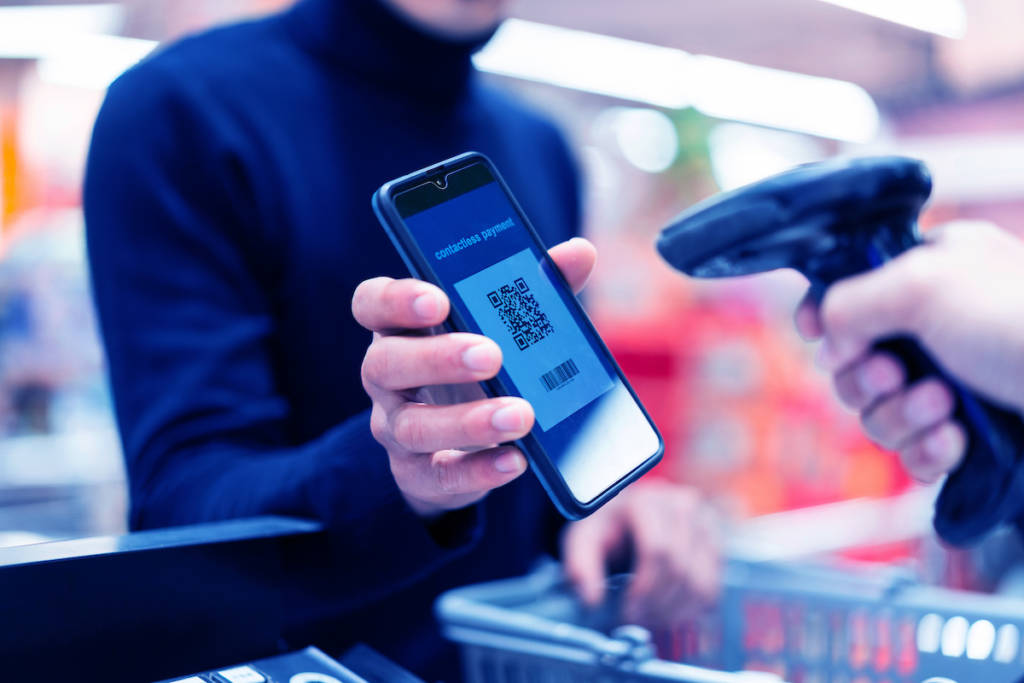The mobile app market is predicted to generate up to USD $950 billion by 2023. Merchants must have a mobile app to take full advantage of this growth, but so does everyone else. There are new fintech players coming to market with the goal of disintermediating merchants and owning the customer relationship, not to mention existing disintermediating companies, for example in the delivery app space.
Did you know that Apple and Google together release approximately 100,000 new apps each month? According to Simform, the average user has 80 apps installed on their phone and receives an estimated 46 notifications a day. No wonder consumers are feeling inundated.
Stats from Statista and Google show that approximately 25 percent of all app downloads are opened only once, and 29 percent of consumers will delete an app if they don’t feel it is valuable.
Cutting through the clutter
How can a merchant cut through the clutter, mitigate those pesky third parties from disintermediating their brands, and get their app adopted to become the “go to” for their customers?
Getting consumers to respond is difficult, and mobile response rates average only 7 percent for in-app messaging. This may be due to the consumer feeling interrupted; for example, they may be using their phone for another purpose, and if your message is not aligned to that goal, they ignore it or put it aside and forget it.
According to Omnisend, SMS marketing messages have a little better response rate at just over 10 percent. But not all is lost – push notifications that come from installed apps have a respectable 28 percent click-through rate.
Pushing messages ad hoc will not get merchants to meet the average; to achieve above average results, push notifications need to be timely, relevant and able to quickly convert clicks into purchases.
Mobile engagement gets smart
Merchants everywhere have taken advantage of geofencing, which allows an offer to be sent to a mobile app user as they enter an area around their physical stores. This is step one; retailers must make the messaging relevant and easy to convert the interaction into a sale. Knowing the kind of offers a user responds to is a key to understanding what works, but that is a topic for another day. Giving the offer a quick expiration (limited time) and enabling an immediate decision increases the chances that a high percentage of the 28 percent of responses will purchase. Now that the consumer is close to the store, they can receive an offer and opt to purchase right in the app with a single click. Then, all they need to decide is whether they’d like a pick-up from the closest store or delivery.
When the consumer sees or hears an advertisement and wants to engage, wouldn’t it be nice if the world became more interactive and they could choose to take advantage of something when it is top of mind? Imagine a person walking down the street sees a high-end departments store ad showing a sharply-dressed model with a handbag. If they were a loyal app user who happened to like the handbag, they could scan the ad and be taken to a page with everything in the ad available for purchase. They could then buy it with a single click in the app and choose to have it delivered or pick up at the retail store of their choice.
What if they could do the same thing in a department store’s front window? Or open their app when a commercial plays and have the same interaction, all within the merchant’s app?
How easy it is to make the purchase is extremely key to conversion; any small bit of friction could cause the deal to be abandoned. Sending the user off to your eCommerce page to finish the sale, for instance, is not ideal. Now the shopper is outside the app and have to enter their address and credit card information. Perhaps they begin to think that they should just wait and do it when they have time to enter all that information. Now, even if the sale is made, it’s hard to track it back to the interaction. It certainly will not help merchants turn their mobile applications from a cost to a profit center. Many of these companies who are already disintermediating merchants have made payments almost invisible during the transaction by making the entire experience easy – including by offering payments with a single click.
The last hurdle is making sure this critical data is integrated into analytic platforms, to have a more complete view of the customer’s journey and make more informed decisions.




